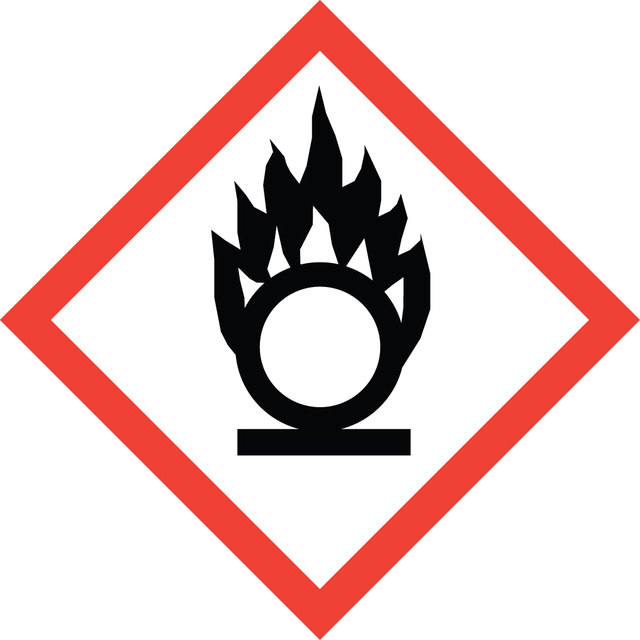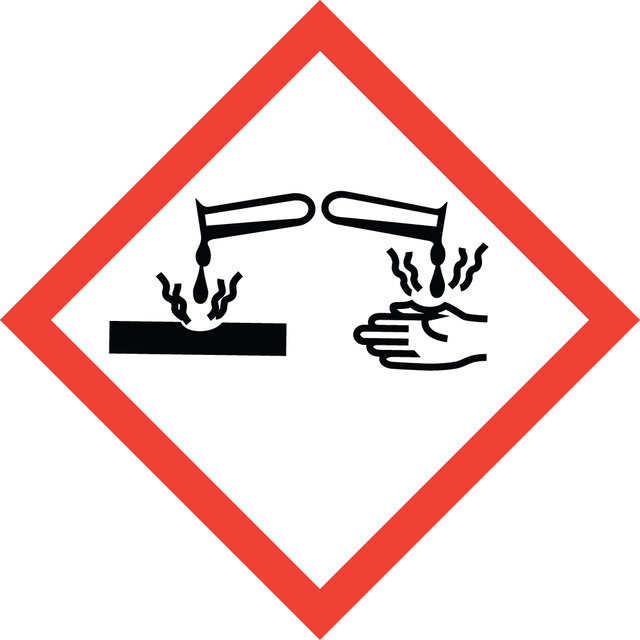769517
Sodium (meta)periodate
≥99%
Synonym(s):
Sodium periodate
Select a Size
Select a Size
About This Item
99.0-101.0% (RT)
Quality Level
assay
≥99%
99.0-101.0% (RT)
form
crystalline
reaction suitability
core: sodium
anion traces
sulfate (SO42-): ≤0.005%
cation traces
Mn: ≤0.0001%
SMILES string
[Na+].[O-]I(=O)(=O)=O
InChI
1S/HIO4.Na/c2-1(3,4)5;/h(H,2,3,4,5);/q;+1/p-1
InChI key
JQWHASGSAFIOCM-UHFFFAOYSA-M
Looking for similar products? Visit Product Comparison Guide
Related Categories
Application
Analysis Note
signalword
Danger
hcodes
Hazard Classifications
Aquatic Acute 1 - Aquatic Chronic 1 - Eye Dam. 1 - Ox. Sol. 1 - Skin Corr. 1C - STOT RE 1
target_organs
thymus gland
Storage Class
5.1A - Strongly oxidizing hazardous materials
wgk_germany
WGK 3
flash_point_f
Not applicable
flash_point_c
Not applicable
Choose from one of the most recent versions:
Already Own This Product?
Find documentation for the products that you have recently purchased in the Document Library.
Our team of scientists has experience in all areas of research including Life Science, Material Science, Chemical Synthesis, Chromatography, Analytical and many others.
Contact Technical Service


